Teach the rules of punctuating direct speech using double quotation marks with an interactive teaching presentation.
How Do You Punctuate Direct Speech? Let’s Learn How!
Every year, teachers worldwide battle a common grammatical foe—the quotation mark. Teaching young writers the rules of punctuating direct speech is no simple task. Students won’t learn the material from worksheets alone. They need to ‘see’ the punctuation rules in action within texts!
We’ve developed another tool for your teacher toolbox–an interactive teaching presentation that specifically addresses direct speech punctuation.
Through this teaching presentation, your students will begin to understand how to use commas and quotation marks to indicate direct speech and quotations in a text.
Practise Applying Direct Speech Punctuation
This presentation works best as an introduction to direct speech punctuation.
This resource uses varied types of sentences—character dialogue and direct quotations from simulated non-fiction texts—so that students can practise both types of direct speech. It also requires that students identify sentences with proper use of quotation marks and commas to mark speech.
Scaffolding + Extension Tips
Challenge students who already understand the concept to try one of our handy Direct Speech activities.
Support students who need help understanding the concepts by providing additional thinking time during instruction or a visual reference, such as a quotation marks poster, punctuation mark guide, or speech marks anchor chart, to remind them of their punctuation rules.
Before You Download
Click on the dropdown arrow on the Download button to download the Google Slides or PowerPoint resource file. Project the slides onto a screen and start teaching!
Jennifer Hall, a teacher and Teach Starter Collaborator, created this resource.
Make sure students leave your classroom proficient in their punctuation with these resources and activities:
[resource:4814904] [resource:4798080] [resource:4806089]
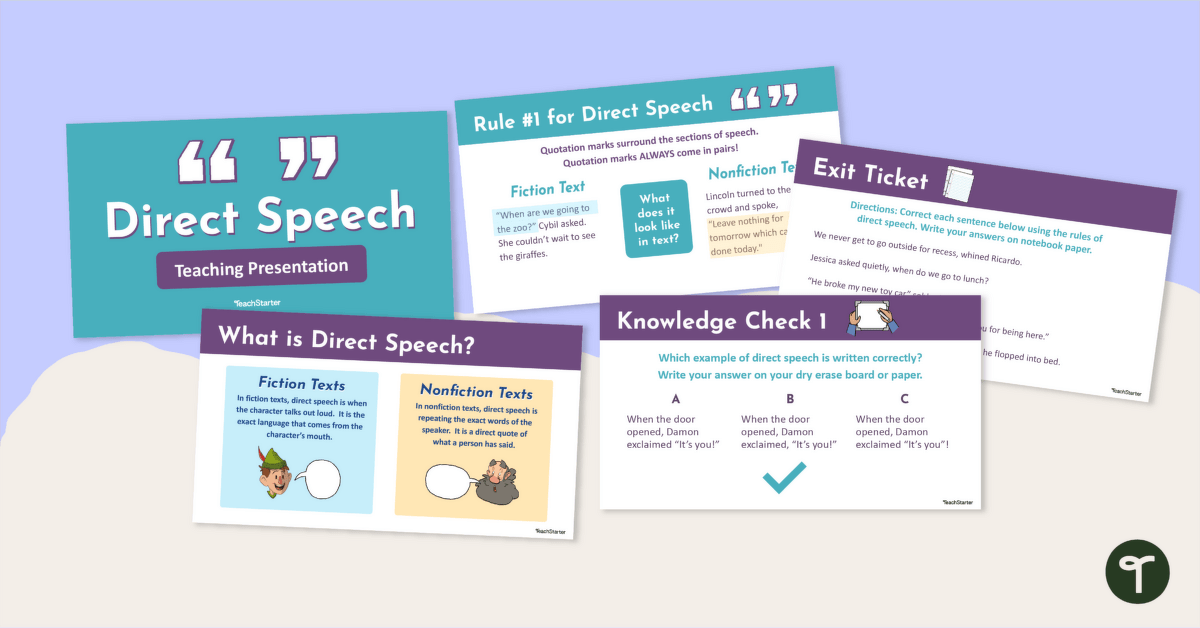


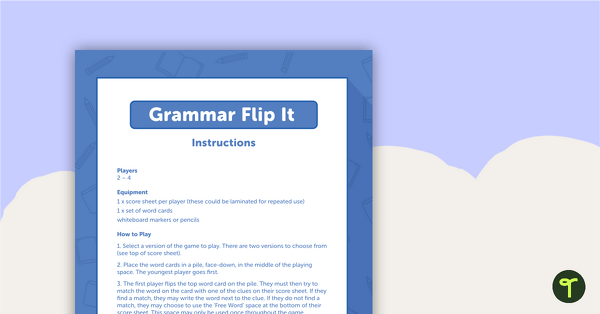
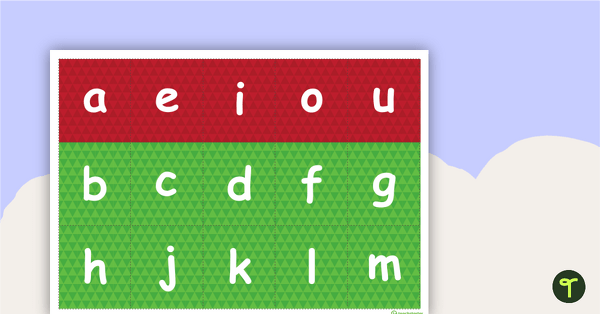
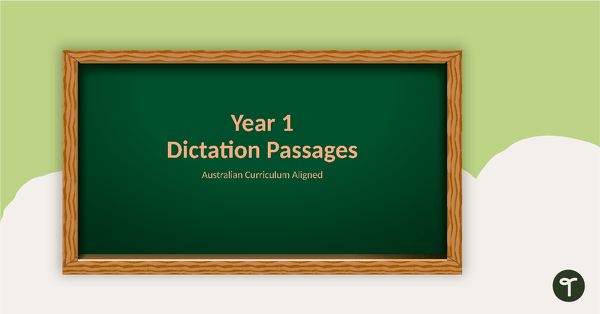
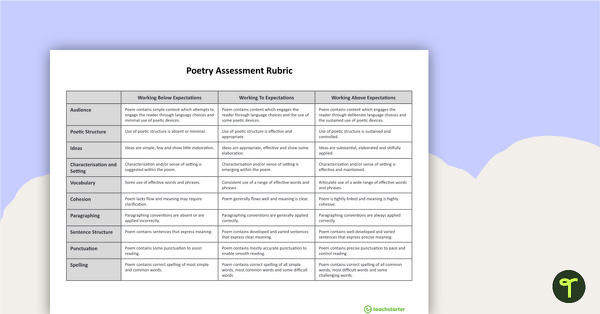
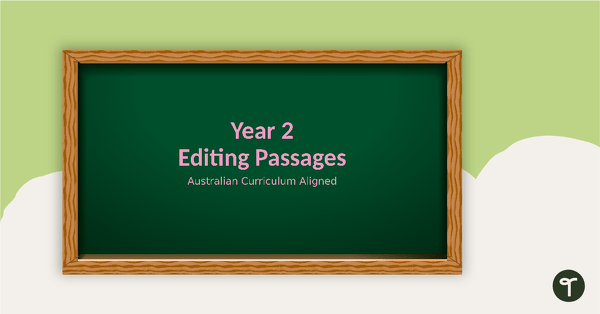
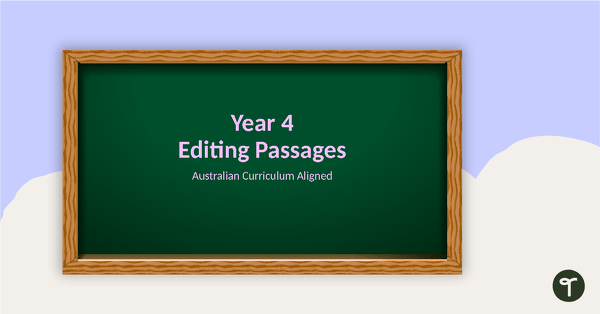

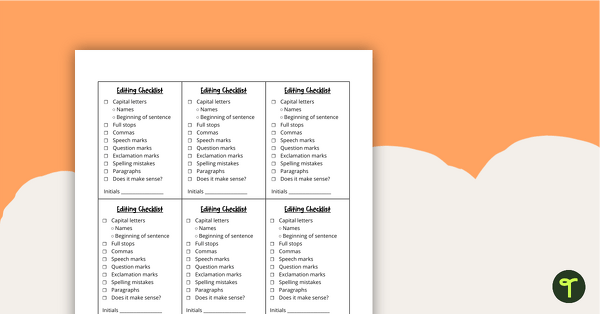
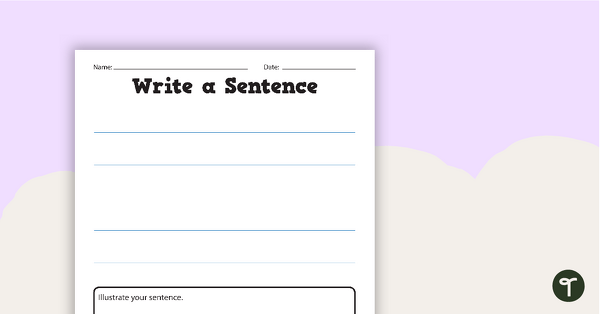
0 Comments
Write a review to help other teachers and parents like yourself. If you'd like to request a change to this resource, or report an error, select the corresponding tab above.